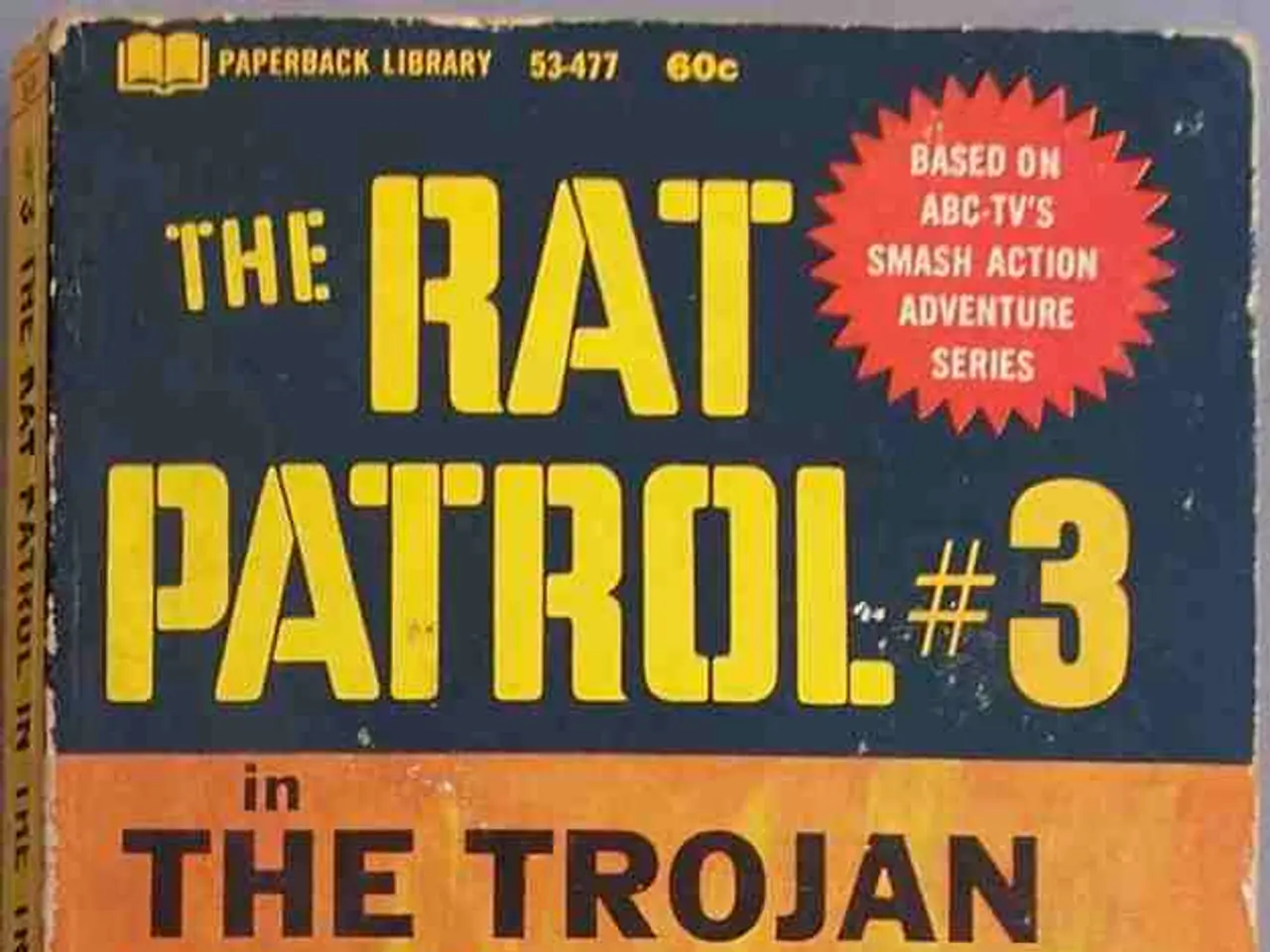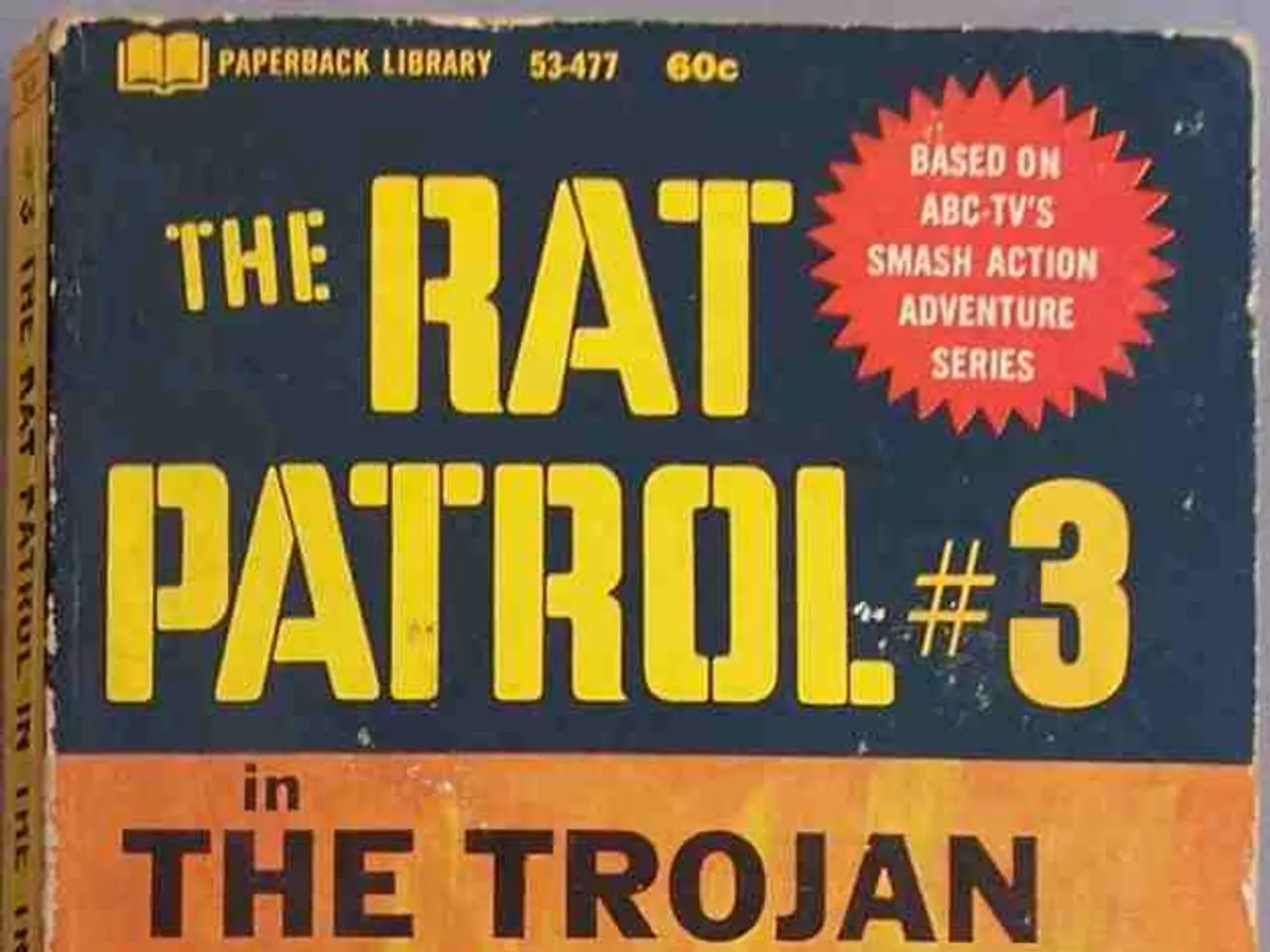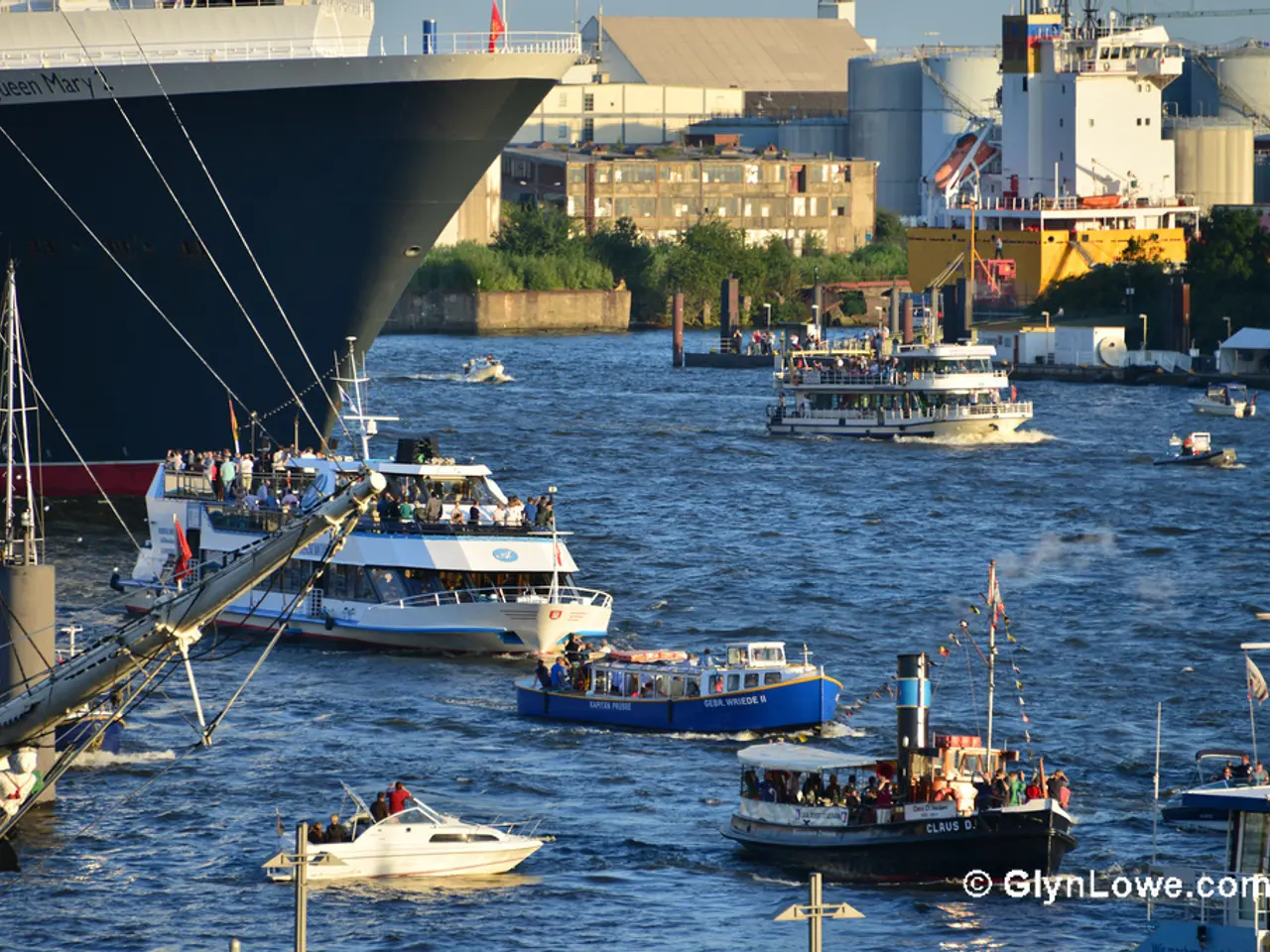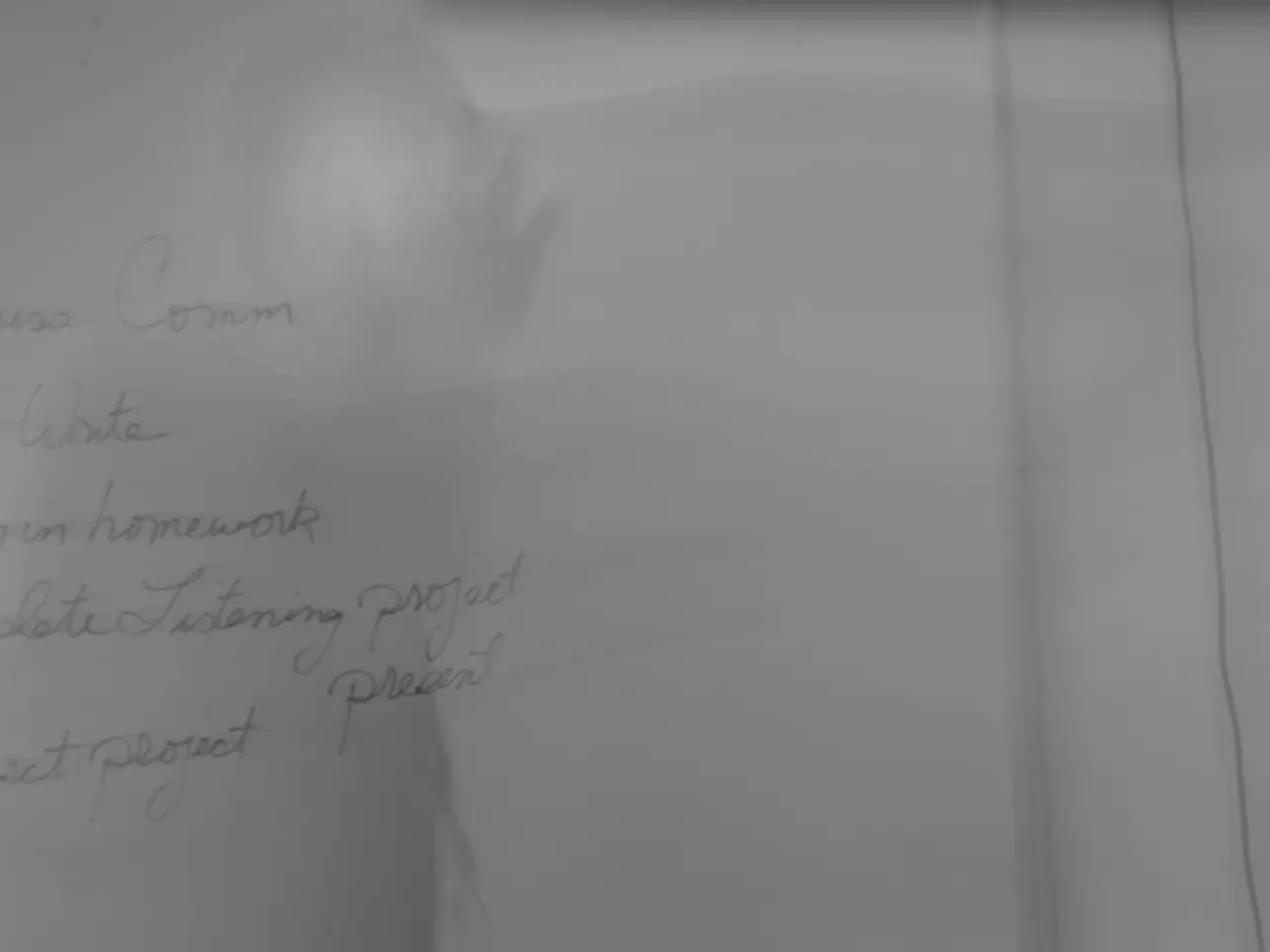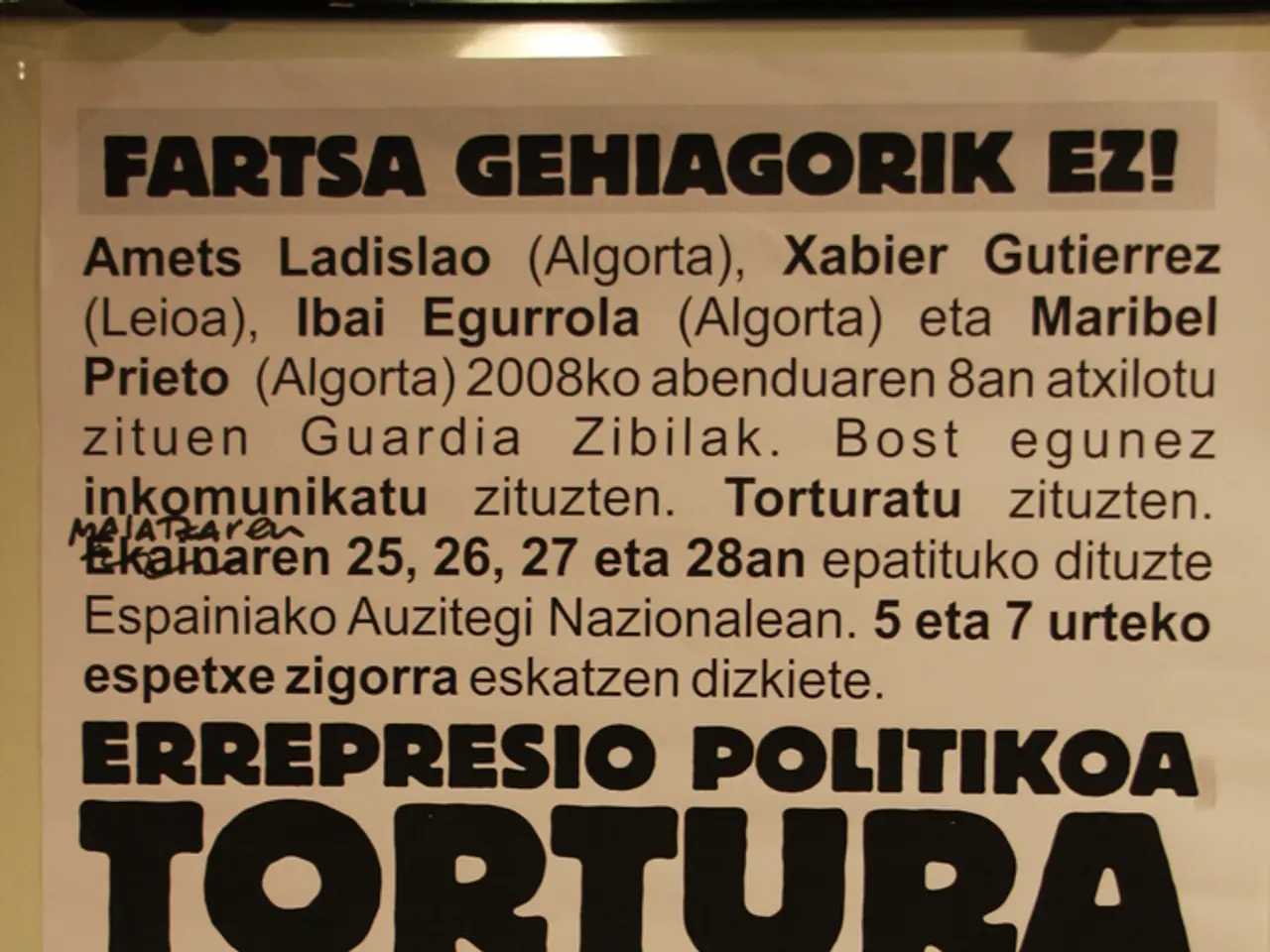Vitality Persists: Life Continues to Thrive
Published on Sunday, March 29, 1987, on page A1
In the heart of Beirut, amidst a 12-year-long war, life goes on almost without a hitch. The city, once a symbol of decadence and luxury, is now a testament to resilience and survival.
People, especially women, are impeccably dressed in Parisian chic or New York style, stepping into luxurious clubs in Jounié. Yet, the city's economic landscape has drastically changed. The exchange rate of the dollar to Lebanese pounds has increased from 3 to 107, causing inflation and economic hardship.
Juliette Khouri, a saleswoman in a shoe store on Sassine Square, earns the minimum wage of 3200 Lebanese pounds per month, equivalent to $50 Canadian dollars. A secondary school teacher, on the other hand, earns $65 per month.
Despite the economic crisis, traffic in Beirut is heavy with Mercedes and BMWs, and prices of goods are relatively low compared to Western standards. A chicken costs $2, a baguette of bread only 7 cents, and a large bottle of Coke 15 cents.
Oranges, avocados, vegetables, and strawberries grow between the towers of Beirut's suburbs. Children attend school, people go to work, and do their shopping in Beirut.
However, the city is fragmented into enclaves controlled by various militias, making normal urban life hazardous and unpredictable. The militias not only fight each other but also control access to wages, goods, and services through smuggling, extortion, and illicit trades.
The author is told by a local that most of the conflict in Lebanon is due to a war that came from elsewhere, specifically America, the USSR, Syria, Iran, and Israel. The local emphasizes that it's because of the war that Muslims and Christians hate each other and are shooting at each other, not the other way around.
Despite the war, the author finds the daily life of common people in East Beirut to be extraordinary and the social fabric to be incredibly solid. The author visits the popular neighborhood of Nabaa, where no one speaks French, only Arabic and Armenian.
The author plays football with children, tastes local food, and is offered help multiple times during his visit. Yet, the crisis could well be the beginning of the end of the miracle. The Lebanese middle class is dipping into their savings and engaging in a compulsive need to consume, with long lines at the doors of good restaurants like Retro, "Os, and the Old Quarter.
Sources:
[1] "Daily life in Beirut during the Lebanese war in 1987." (n.d.). Retrieved March 29, 2023, from https://www.britannica.com/topic/Beirut/Daily-life-in-Beirut-during-the-Lebanese-war
[2] "The Lebanese Civil War (1975-1990)." (n.d.). Retrieved March 29, 2023, from https://www.britannica.com/event/Lebanese-Civil-War-1975-1990
[3] "Economic Crisis in Lebanon." (n.d.). Retrieved March 29, 2023, from https://www.britannica.com/topic/Lebanon/Economic-crisis
- Amidst the ongoing political strife and war-and-conflicts, as manifested in the Lebanese Civil War, the daily life of common people in East Beirut remains extraordinary, showcasing the solidarity of its social fabric.
- In the midst of general-news headlines highlighting economic crises plaguing Lebanon, prices of certain goods, such as chicken, bread, and Coke, remain relatively low compared to Western standards.
